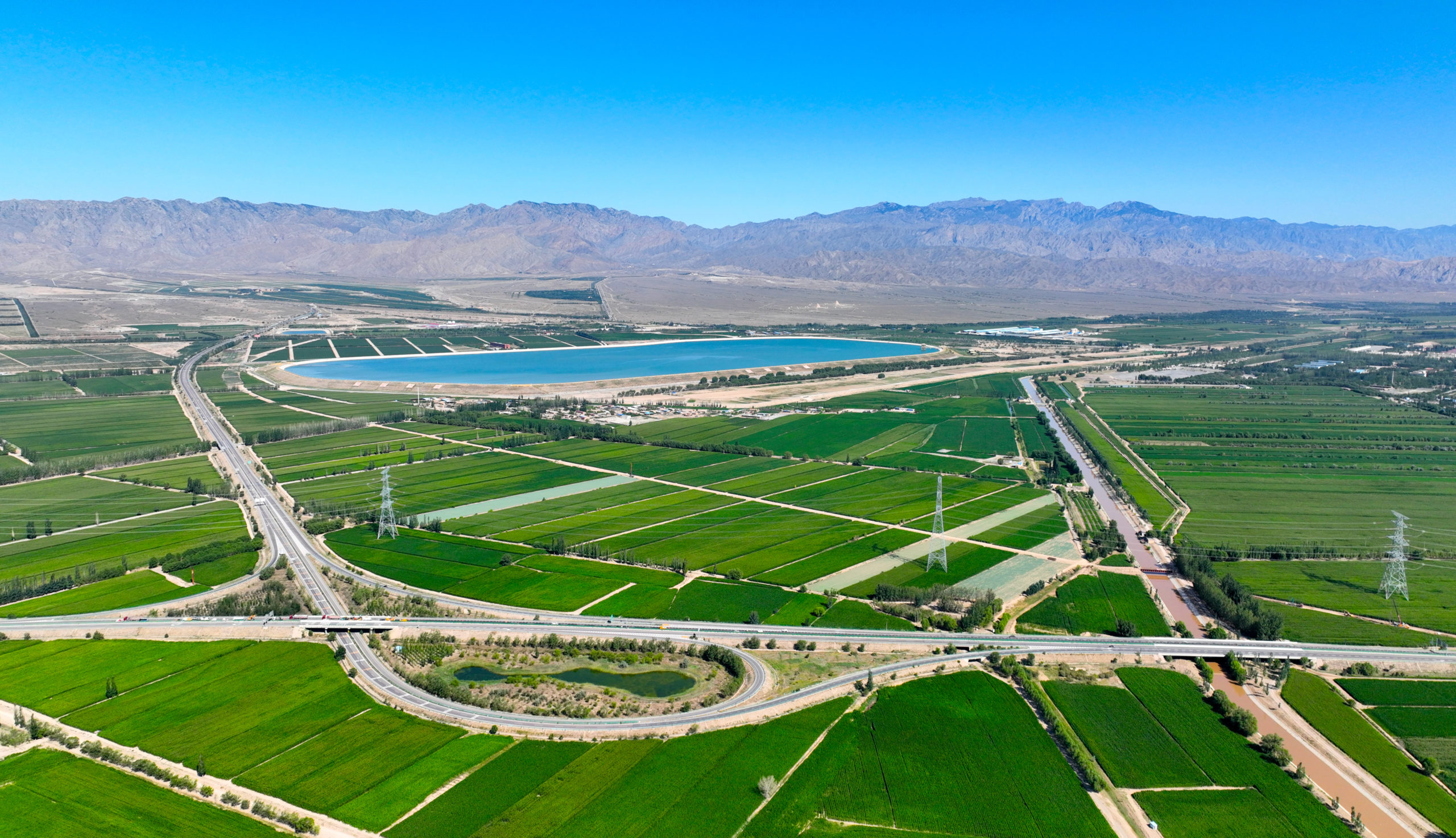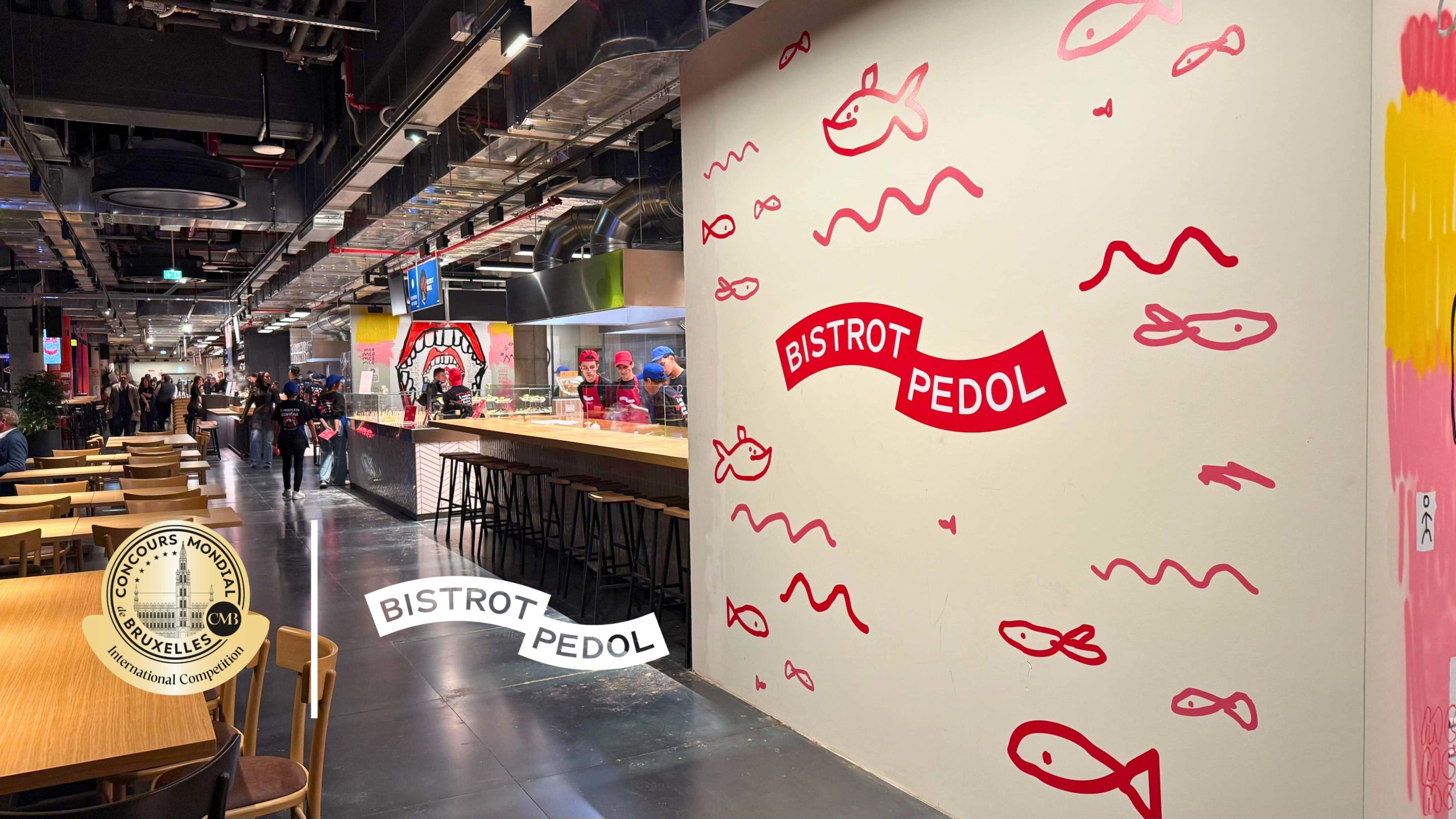Exploring Ningxia part II : Qingtongxia and Hongsibu

For its 32nd edition, the Concours Mondial de Bruxelles will take place from June 9 to 12, 2025, in Yinchuan, the capital of Ningxia, China. This city, located at the foot of the Helan Mountains, is recognized as the heart of Chinese viticulture. Through these articles, we offer you a glimpse of Ningxia, its unique terroir, and its remarkable rise in the world of wine.
Previously, we discovered how Shizuishan and Yinchuan, once defined by coal mining and ancient crossroads, have transformed into vibrant wine regions. From sustainable vineyards in former mines to architectural estates blending tradition and innovation, these twin pillars of Ningxia showcase a powerful story of renewal, resilience, and world-class winemaking.
In the rugged landscapes of northwestern China, two extraordinary regions are quietly redefining the story of Chinese wine: Qingtongxia and Hongsibu.
Qingtongxia
Qingtongxia is a land shaped by water and legend. Its name traces back to the famous Qingtongxia Dam, a marvel that diverts the mighty Yellow River to irrigate these arid lands. This irrigation network composed of five vital canals, turns what was once desert into fertile soil, supporting nearly 8,000 hectares of vineyards.
Set against the alluvial fan of the Helan Mountains, Qingtongxia enjoys a temperate, dry climate with over 3,000 hours of sunshine annually. The region’s soils, a rich mix of chernozem, alluvium, and limestone, nurture vines that produce deeply colored, full-bodied wines with remarkable balance.
But the story here is not just about geography; it’s also about culture. Qingtongxia is steeped in the spirit of Da Yu, the legendary hero who tamed the floods of the Yellow River and made the land fertile for generations.
Another beacon of innovation is Chateau Huahao, one of the first to cultivate Marselan grapes in the region. Its owner, Cheng Qian, a visionary with over two decades in the industry, combines technical expertise with passion, crafting wines that embody the terroir’s potential. The warm, layered Marselan wines speak of the land’s promise, inviting drinkers to savor both place and story.
Hongsibu
Just south of Qingtongxia lies Hongsibu, a district that symbolizes hope and transformation. Once a barren, harsh wilderness and hunting ground, Hongsibu became home to over 197,000 migrants fleeing poverty in the mountains. Here, the government’s vision of building a sustainable future took root in the form of vineyards sprawling across sandy loam and gravelly soils between the Luoshan Mountains.
At elevations between 1,240 and 1,450 meters, Hongsibu offers a unique microclimate, cooler temperatures and long sunshine hours ideal for white grapes and expressive reds. The region’s lifeline is the monumental Yellow River Pumping Irrigation project, which raises water nearly 300 meters to this highland, transforming desert into an oasis.
This human and environmental synergy has given rise to iconic wineries, including Chateau Huida, a pioneer in organic viticulture. By embracing sustainable practices and producing its own organic fertilizers, the estate has transformed its vineyard into a thriving, self-sustaining ecosystem.
Adding an ancient touch, Chateau Longyi resurrects the use of traditional clay amphorae for wine aging, honoring China’s millennia-old winemaking heritage while crafting pure, fruit-forward wines. And D.F. Yuxing Winery combines modern artistry with poetic inspiration, naming wines after classical Chinese verses that celebrate the harmony between land, culture, and wine.
What binds Qingtongxia and Hongsibu is more than geography; it is a shared story of water conquering drought, of people transforming hardship into opportunity. The Yellow River is their artery, bringing life, culture, and prosperity. Together, these regions showcase the vitality of Ningxia’s wine industry and its deep connection to Chinese history and identity.
For visitors and wine lovers alike, exploring Qingtongxia’s myth-laden vineyards and Hongsibu’s thriving immigrant communities offers not just a tasting experience but a journey through time and spirit. It’s a testament to human resilience and the power of the land to nurture dreams, one grape, one bottle, one story at a time.
To be continued: On Ningxia’s wine route: Itineraries and local flavors
Baudouin Havaux


